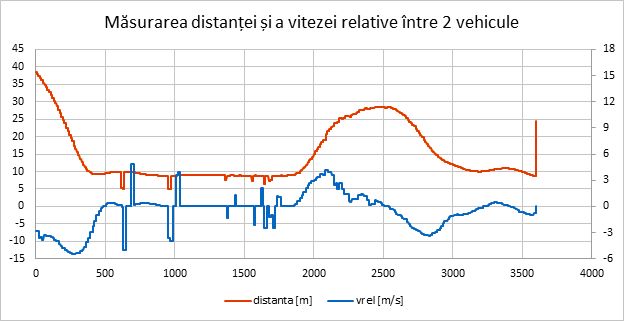Project code: PN-III-P2-2.1-PED-2019-1762
Contract Number: 409PED/2020
Name of the project din PN III: Programme 2 – Increase Competitiveness of the Romanian Economy through Research, Development and Innovation Name of the subproject: Subprogramme 2.1. Competitiveness through Research, Development and Innovation
Project Type: Experimental demonstrative project (PED)
Contract budget: Total value of the contract: 591.125 lei
Duration: 24 months (08.12.2020 – 07.12.2022)
Contracting Authority: Executive Agency for Higher Education, Research, Development and Innovation Funding (UEFISCDI)
Contractor: NATIONAL INSTITUTE FOR RESEARCH AND DEVELOPMENT IN ELECTRICAL ENGINEERING ICPE-CA BUCHAREST (INCDIE ICPE-CA)
Partner P1 – POLITEHNICA UNIVERSITATEA OF BUCURESTI
The main scope of the project
The main objectives of this Experimental – Demonstration Project are the design, the development, the production and the lab validation tests of a product that can be mounted on trams and, working independently from the other equipment of the vehicle, can perform the alerts when a collision is imminent.
The project objectives:
– OS1 specific objective 1 is increasing the knowledge on the LiDAR sensors together with the HARDWARE needed to decode the information provided by such sensors, in such manner that the sensors shall be selected, connected and tested in the lab in order to have enough data about their real performances in noisy environment.
– OS2 specific objective 2 is to develop the SOFTWARE, by using those LiDAR sensors, for distance calculation, for speed measuring and for relative speed measuring between two vehicles on the same track. The software must identify only important targets and must filter the small signals from stationary (outside the track) objects.
– OS3 specific objective 3 is to develop an EXPERIMENTAL MODEL. The model will be composed by one or more LiDAR sensors, a microcontroller board or rugged computer and software for analyzing the LiDAR. We will connect a computer to the speed sensors in order to analyze the data collected and have appropriate decisions, both software and hardware. The tests must prove what are the available performances and resolutions, and what computing effort is needed for an optimal data handling. No automatic brake shall be provided at this stage of the model.
– OS4 specific objective is the dissemination of the project. The dissemination will be a continuous action for both teams involved, mostly on Phase 2 and Phase 3, when the collected information and results can become attractive to fellow researchers.
Project Teams:
Coordinator CO: INCDIE ICPE-CA Bucharest
Project manager: Dr. eng. Emil TUDOR emil.tudor@icpe-ca.ro
Partner1: Politehnica University of Bucharest
Project responsible: Prof. Dr. eng. Gabriel POPA gabriel.popa@upb.ro
Presentation of the deliverables/indicators obtained at the end of the project compared with the proposed.
| No | Deliverables/proposed indicators | No | Deliverables/proposed indicators | No |
| 1 | Study | 2 | Study | 2 |
| 2 | Technical Project | 2 | Technical Project | 4 |
| 3 | Experimental models | 2 | Experimental models | 2 |
| 4 | Test Reports | 3 | Test Reports | 3 |
| 5 | Scientific Paper/Conference Presentation | 2 | Scientific Paper/Conference Presentation | 3 |
Final results
The project 409PED/2020 had the main goal of increasing the knowledge concerning LiDAR sensors with narrow field of view and long rage and the way this kind of sensors can be used for preventing collisions between trams.
In order to test these sensors, in the first stages of the project a scaled down Experimental Model (Figure 1) was developed in order to test these sensors in laboratory conditions and to perfect the software for analyzing the data from the sensors.
In the last stage of the project an Experimental Model was developed (Figure 2) which uses components with optimal price-performance ratio, that can be mounted on a tram in order to test the collision detection solution. The activities and results are reflected by scientific papers published in journals with high impact factor.
 (a)
(a)  (b)
(b)
Figure1a Indoor Experimental ModelTRL3 / Figure1b Measured data
 (a)
(a) (b)
(b)
Figure 2a Outdoor Experimental Model TRL4 / Figure 2b Measured data
Project Stages:
Stage 1 – Report
Stage 2 – Report
Stage 3 – Report
Final report